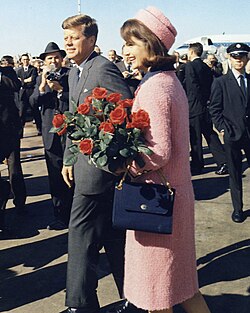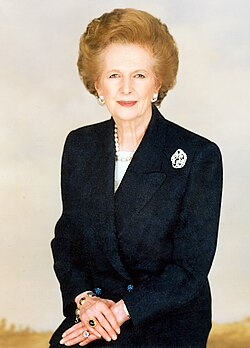
A fashion icon or fashion leader is an influential person who introduces new styles which spread throughout fashion culture and become part of fashion. They initiate a new style which others may follow. They may be famous personalities such as political leaders, celebrities, or sports personalities. For example, during the 1960s, Jacqueline Kennedy Onassis was a great fashion icon for American women, and her style became a sign of wealth, power, and distinction; and her famous Pink Chanel suit is one of the most referenced and revisited of all of her items of clothing. Twiggy was an It girl, she was a teenaged model and fashion icon of Swinging Sixties. [1] [2] [3] [4] [5]

